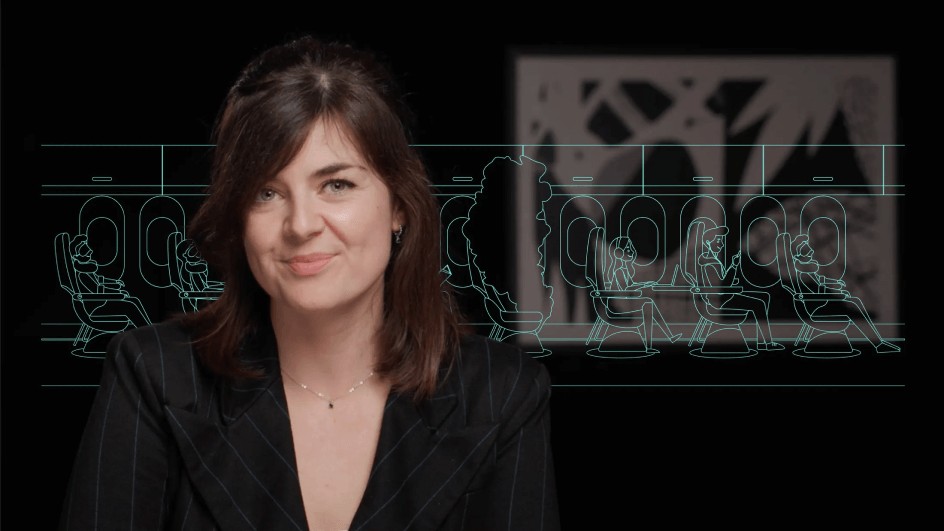
Utilising Biochar for Carbon Removal

Siddharth Kaul
9 years: Renewable & Low Carbon Fuels
Reaching net zero by 2050 will require decarbonising and carbon removals. Enter biochar. Join Siddharth Kaul as he explores carbon removals and how biochar can help.
Reaching net zero by 2050 will require decarbonising and carbon removals. Enter biochar. Join Siddharth Kaul as he explores carbon removals and how biochar can help.
Subscribe to watch
Access this and all of the content on our platform by signing up for a 7-day free trial.

Utilising Biochar for Carbon Removal
12 mins 9 secs
Key learning objectives:
Outline the two solutions to reaching net zero
Identify the two types of carbon removals
Understand how biochar works
Identify the two types of biochar processes
Overview:
We need to get our global emissions down to zero by 2050. 90% of that will be achieved by decarbonisation and the other 10% will require carbon removals. We can divide these carbon removals into nature-based solutions (NbS) and engineered solutions (ES). Biochar is a type of engineered solution which takes cellulosic waste and pyrolyzes it. Using rice husk as an example, approximately 50% of the carbon is released back into the atmosphere while the other 50% is stored in biochar with pyrolysis. There are two types of biochar processes: pyrolysis and gasification.
Subscribe to watch
Access this and all of the content on our platform by signing up for a 7-day free trial.
Subscribe to watch
Access this and all of the content on our platform by signing up for a 7-day free trial.

Siddharth Kaul
There are no available Videos from "Siddharth Kaul"





























